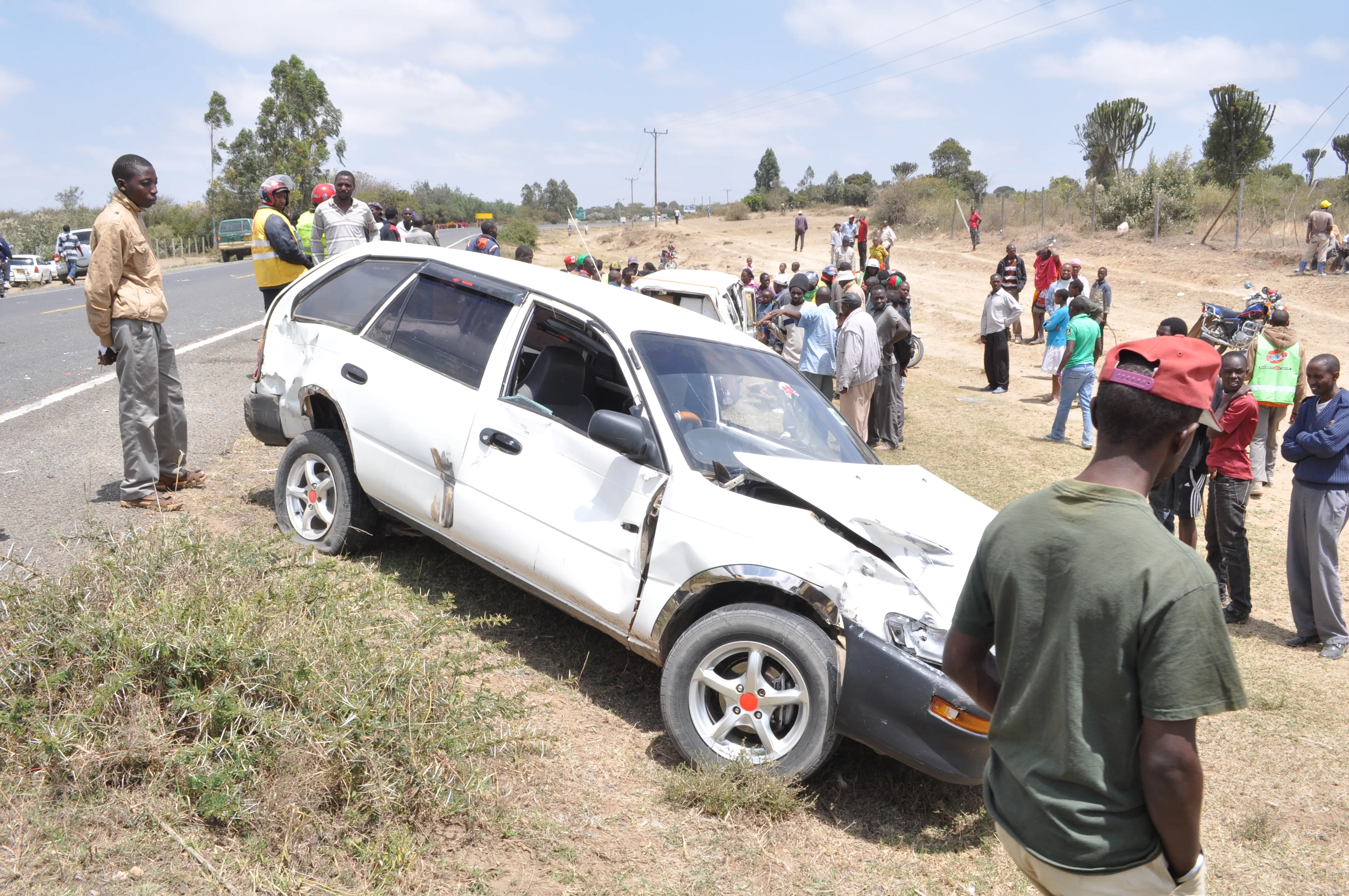
Europe has the world’s safest roads, with the lowest level of road casualties/year. Around 9.2 people/100,000 of population are killed on Europe’s roads/year on average. Africa meanwhile has the worst record for road safety, with around 26.6/100,000 of population being killed on average/year. In contrast Norway and Switzerland, with the world’s safest roads, have 2.7 road deaths/100,000 of population/year, closely followed by Sweden with 2.8 deaths/100,000 of population/year. Liberia and the Central Africa Republic (CAR) have particularly poor records, with 35.9 and 33.6 deaths/100,000 of population respectively. Tanzania and Thailand also rate very poorly with averages of 32.9 and 32.7 road deaths/100,000 of population/year respectively.
Just 35% of low and middle income nations have any policies intended to protect road users. And 74% of all road crashes occur in middle income nations, despite these countries only accounting for 53% of the world’s vehicle fleet.
Some solutions exist but actions have to be taken. A report commissioned by Bloomberg Philanthropies suggests strategies that could cut road deaths and injuries in Latin America for example. According to the report, more than 25,000 Latin American lives could be saved and over 170,000 serious injuries prevented by 2030 if United Nations (UN) vehicle safety regulations were applied by just four countries in the region: Argentina, Chile, Mexico and Brazil.
The report was compiled by the Transport Research Laboratory (TRL) in the UK.
Key factors in reducing deaths and injuries highlighted by the report were the introduction of minimum standards for crash protection to vehicle occupants, the installation of electronic stability controls and better protection for vulnerable road users.
It is of note that in some developing nations, old models are still being manufactured. While these vehicles are cheap to manufacture, meaning that firms can sell them at attractively low prices, they also offer very poor crash protection for occupants. And in other developing markets current models are sold, but stripped of safety features such as airbags or electronic stability controls so as to reduce purchase costs.
It is worth noting too that the road death rate comes with a heavy financial toll, in addition to the human cost. The research estimates an economic benefit of US$28.9 billion across Argentina, Brazil, Chile and Mexico alone by preventing fatalities and serious injuries. The report warns that the four countries need to adopt all the key regulations for the best scenario projections in the study to be realised.
And similar safety gains could also be achieved in other nations, with similar benefits.







